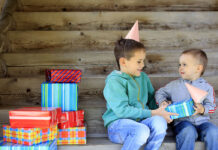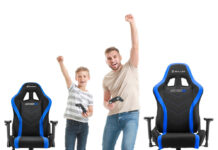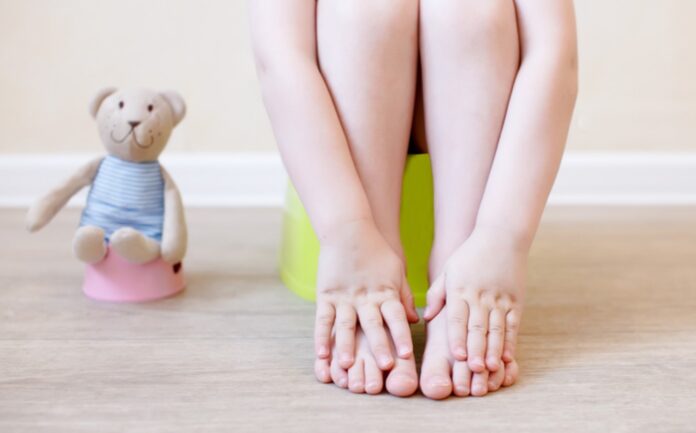
Using the toilet is a challenging milestone in every kid’s life. Training a kid with autism can be tough, but with simple strategies, you can make it easier.
Signs to identify to know that kids with Autism are ready for potty training
For kids with autism, the parent or caregiver must always be attentive and vigilant for the signs. The kid will show some signs of readiness, and this your cue to start potty training them. It’s important to understand that the child may take longer to train, and the symptoms may appear when the child is older as compared to a normal kid.
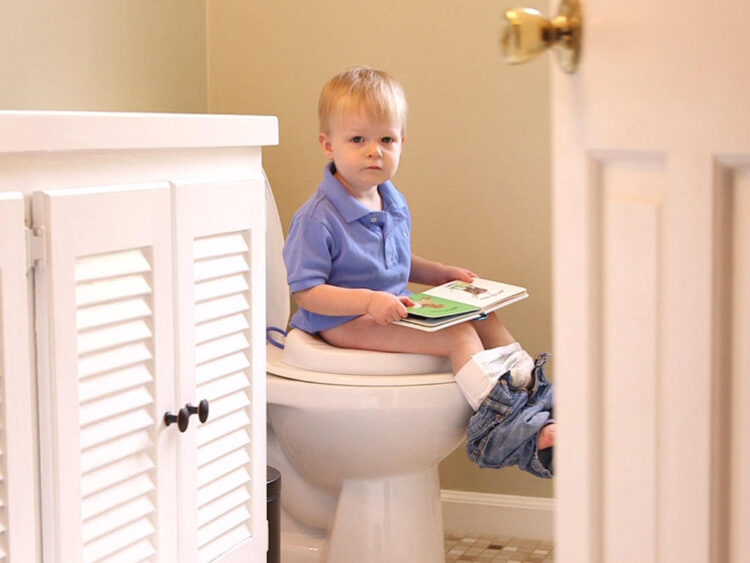
Here are some signs you must understand to establish your kid is ready for potty training.
- They will show you or symbolize that they have soiled clothes/ diapers
- Can follow basic instructions of using a toilet
- Have a consistent bowel movement and fully formed stools
- Show signs of bladder control and urges to suppress the urge of defecation
According to austismparentingmagazine.com, it’s advisable to always speak with your pediatrician and counselor for the best advice to avoid any form of serious medical problems later.
Steps and strategies to train kids with autism
Kids with autism may require additional training and strategies to be introduced to potty training. It’s important to understand that each autistic kid responds differently to the new learning, and it’s essential to be patient and compassionate. A critical step is effective communication and establishing goals for your kid.
A tip for all parents is not to set unrealistic goals but instead minute sized wins. You must celebrate even small steps and encourage your child. The first step always will be to get your child accustomed to the toilet and simple ways to use it.
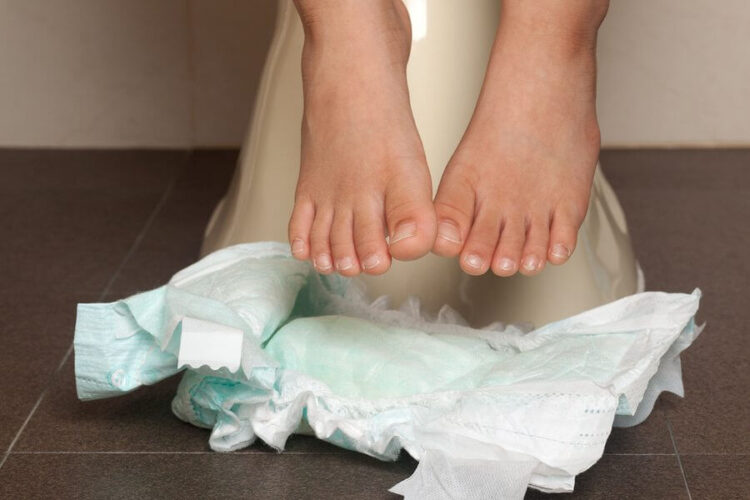
Break down the tasks and encourage them
Using a toilet is a complex task for kids, and it’s important to simplify it. Children with autism respond better to simple cues and small jobs. Break the entire thing into several small steps. Celebrate each step and reward your child. Autistic kids do well when encouraged. Use encouragement as an essential strategy to motivate kids to be interested in learning how to use the toilet. A parent must establish a reward system of their own as each kid is different, and what works for others may not individually work for you.
Encouragement and rewards are positive reminders that help them feel competent and accomplished. You can choose rewards based on what your child likes and responds to well. It can be verbal praise, a non-verbal sign or gesture, a small treat, or any sort of fun time recreation.
Plan in advance
Toilet training for autistic kids will require intensive planning from your side. Try different methods and use the one your child responds to the best. Plan the timings and use them in the daily routine. Rewards should be given such that the child understands what behavior is being appreciated. A creative approach with various options will work best. Understand how the child responds to each step and develop a system to sustain it. If there is rapid progress, switch to verbal and nonverbal cues, and encourage them to participate more.
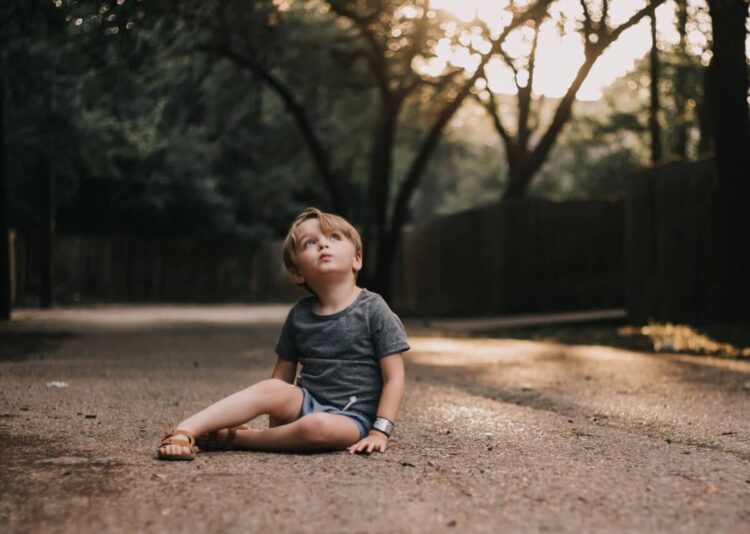
Use a picture exchange communication system
For kids with an autism spectrum disorder, the usage of visual aids is essential. It helps your child remember what is supposed to be done and will assist in routine development. Create a visual guide with all the necessary steps. This can be made in such a way that it is easy to understand and engages the child. Simple illustration and pleasing handwriting that is easy to read is a great way to establish toilet training habits in autistic kids.
Facing different challenges offered by autistic kids
Toilet training an autistic kid will come with its own set of challenges. Be sure to understand them and not feel defeated. This is important. A new routine can be distressing for many autistic kids.
Here are some tips that may help you handle them better.
- Do not cause a complete shift in routine and make one small change each day.
- Use reusable cloths that may help your child feel the sensation of being soiled and respond to training better.
- Use a gentle tone and natural language while addressing the kid.
- Use specific words to address potty training so that the child knows what you are referring too.
- Try to keep them calm and relaxed and maintain a neutral reaction.
- Do not cause a sensory overload
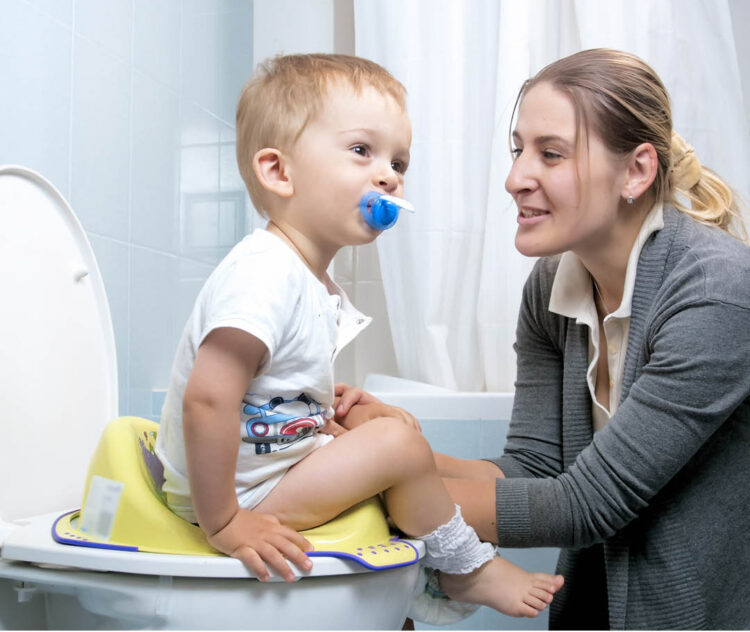
Dealing with behavior problems
Toilet training an autistic kid will often cause behavioral problems. The child may be scared of using a toilet, may show reluctance, and even become fussy.
This is how you can deal with it better.
- Keep a track record of when your child showed good progress and times they soiled their clothes.
- Contact your counselor and doctor in case the trouble seems out of hand
- Talk with a psychologist regularly about what you are feeling and what intervention and changes can be made.
- Constipation is another problem the child may face if they are reluctant to use the toilet.
Remember that independent toilet training is the final motive, and you may face a lot of challenges along the way. Never get disheartened with no progress, and do not stress yourself too much. Create a conducive environment for the child and take a break if it becomes too much. Build upon a routine, and be sure to do it slowly. Regularly observe your child and make sure they aren’t stressing themselves too much. Habit training is what you are aiming for.
As a parent, remember not to lose your cool and understand that each problem has a solution. Potty training autistic kids can be a challenge, but stressing over it won’t solve it. A structure, positive reinforcement, and patience will take you a long way. This will be a positive and enriching experience for you, and you will soon be rejoicing over the successes.


